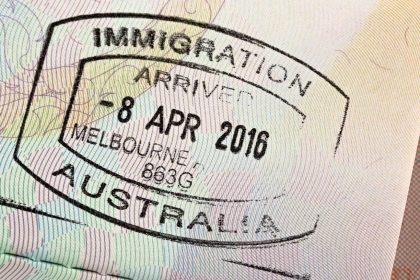A new report by Statistics Canada shows that almost one in four holders of a Canadian study permit in 2019 did not enroll in a government-funded higher education institution in Canada despite having a permit. In recent weeks, new surveys on Canada's rapidly growing international student population and its greater impact on universities, the workforce, and broader aspects of Canadian life have been addressed.
Previous studies conducted by Statistics Canada have shown that the number of students who receive a study permit is approximately 20 to 30% higher than the number of students enrolled in government-funded institutions of higher education in Canada. Note that a university with Government funding is a university that receives financial support from the government. More than half of the international students who were not registered came to Canada and engaged in other activities. In 2019, a total of 717,300 students were allowed to study higher education in Canada. Out of this number, 24% of 172,152 students are not registered in educational institutions. While there may be several reasons for this, data linked to the Longitudinal Immigration Database (IMDB) with the Student Information System (PSIS) showed that approximately 54.5 percent (93,822) of these enrolled students They were not engaged in other activities in Canada.
Latest News
What activities have these students engaged in?
Approximately one-third of the students who were not enrolled had other temporary permits, specifically a work permit, and were working full-time. In Canada, it is possible to have a work permit and a study permit at the same time if you meet the eligibility criteria for both permits.
Among the industries in which the unregistered students worked, the majority, 70.3%, had salaried jobs in industries that traditionally have many part-time workers. Among these industries, wholesale and retail sales (22%) can be mentioned, accommodation and food services 31.2%, and construction trade and other support services 17.1%.
RCO NEWS
















